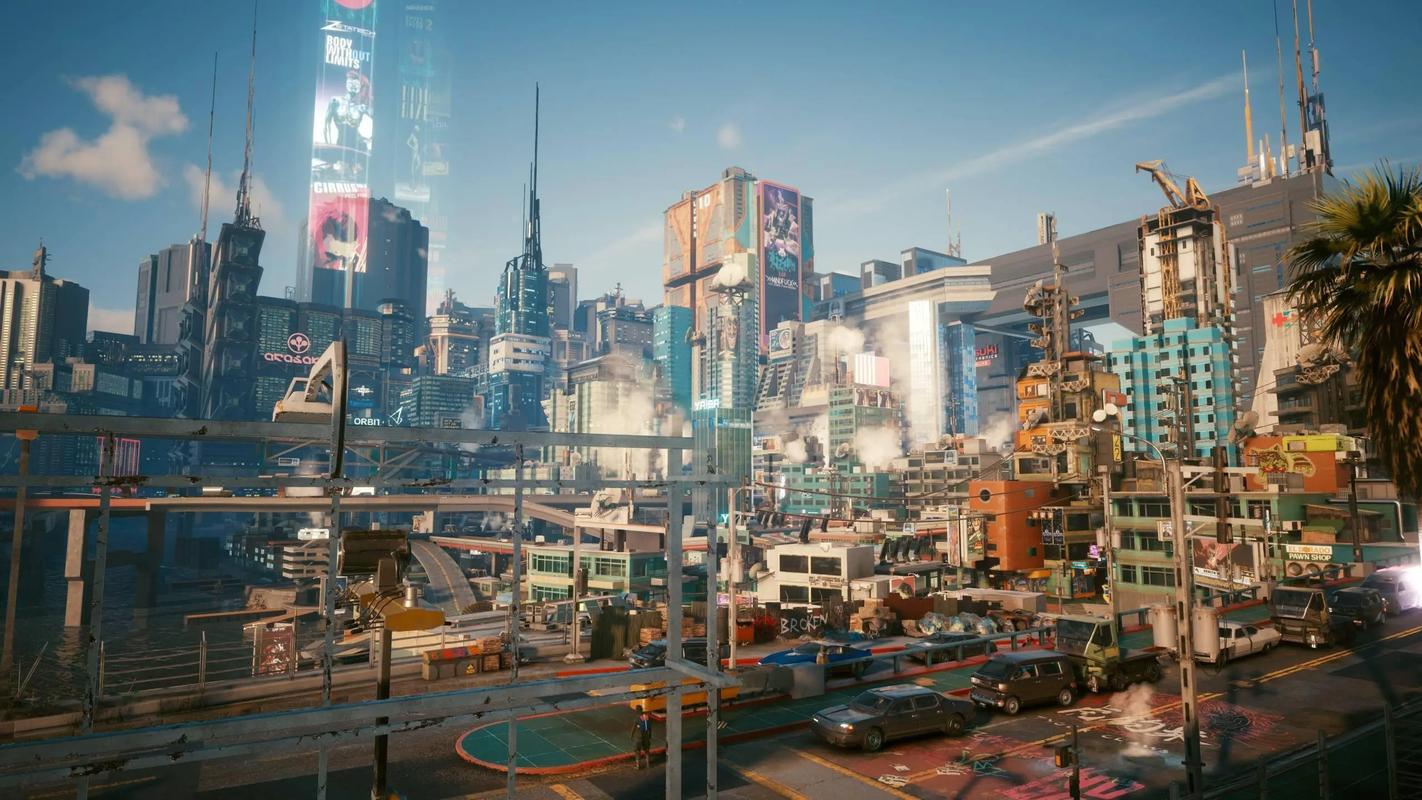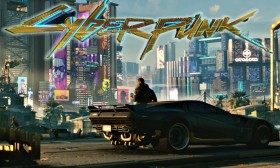Super Mario Odyssey: The Pinnacle of 3D Platforming
Since his debut in 1981, Mario has not just been a video game character; he has been a constant, evolving benchmark for the entire medium. Each major entry in the core Super Mario series carries the immense burden of expectation, tasked with not merely being a good game, but with redefining what a good game can be. With 2017’s Super Mario Odyssey for the Nintendo Switch, the team at Nintendo EPD did not just meet this expectation—they vaulted over it with a joyful, hat-toss into the stratosphere. More than a masterpiece, Odyssey stands as the unequivocal peak of 3D platforming, a genre it simultaneously perfects and transcends through its revolutionary Capture mechanic, its celebration of pure, unadulterated creativity, and its profound understanding of the joy of movement.
The foundation of any great platformer is its control scheme, and Odyssey offers what is perhaps the most refined and expressive toolkit in gaming history. Mario’s movement is a symphony of possibilities. The simple act of running is imbued with nuance, from a gentle jog to a full-throttle sprint. His jump arsenal, building on the classics of the Mario 64 and Sunshine era, is deeper than ever. The triple jump, the long jump, the side somersault, and the ground pound return with polished grace, but new additions like the rolling dive—a move that combines momentum from a jump and a hat throw—create a breathtaking flow. This move alone transforms traversal from a series of discrete actions into a continuous, kinetic dance. Skilled players can chain moves together to scale massive structures without ever touching the ground, rewarding practice and experimentation. The cap, named Cappy, is not just a weapon but an integral part of this movement vocabulary, acting as a temporary platform, a rope to swing from, and a projectile to interact with the environment. This flawless control is the bedrock upon which everything else is built; it makes the simple act of existing in these worlds an endless delight.
However, Odyssey’s true genius, its paradigm-shifting innovation, is the Capture mechanic. By throwing Cappy at certain enemies, objects, and even NPCs, Mario possesses them, temporarily abandoning his own form to become something entirely new. This is far more than a simple power-up; it is a fundamental reinvention of the gameplay loop. Each capture is a delightful puzzle and a new toy. Becoming a towering Tyrannosaurus Rex delivers raw, destructive power, allowing you to smash through previously impenetrable walls. Transforming into a tiny, electrical Wire lets you traverse metal conduits high above the ground, viewing the world from a fresh perspective. A captured Cheep Cheep (a fish) grants fluid, underwater exploration, while a captured tank turns a peaceful valley into a battlefield.
The brilliance of Capturing lies in how it constantly refreshes the gameplay. Just as you settle into Mario’s rhythm, the game presents a new form that operates by its own unique rules, demanding you learn on the fly. It prevents any hint of monotony from setting in and allows the developers to design challenges that would be impossible for Mario alone. This mechanic is the core of Odyssey’s philosophy: a relentless pursuit of variety and surprise. It ensures that the next corner turned, the next enemy encountered, could open up a completely new way to play.
This commitment to variety is mirrored in the game’s structure and world design. Abandoning the mission-based stars of 64 or the linear courses of Galaxy, Odyssey presents a series of sprawling, open-ended Kingdoms ripe for exploration. These are not mere levels but vibrant, cohesive worlds, each with its own distinct culture, aesthetic, and soundtrack. The metropolitan chaos of New Donk City, with its realistic human citizens and jazz-infused score, is a staggering left-turn that somehow works perfectly. The sun-drenched sands of the Tostarena Ruins, the gourmet bliss of the Mount Volbono buffet, the haunting beauty of the Forgotten Isles—each location feels unique and utterly captivating.
The objective in each kingdom is to collect Power Moons, the game’s primary collectible. This shift from a limited number of significant stars to hundreds of moons fundamentally changes the player’s engagement with the space. Where previous games often asked, "How do I get that one star?", Odyssey asks, "What can I find here?" The moons are hidden everywhere: some reward intricate platforming sequences, some solve environmental puzzles, some are granted for helping a quirky character, and some are buried in plain sight, waiting for a curious player to investigate a suspicious-looking patch of grass or a shimmer on a wall. This design encourages a state of constant, curious engagement. It validates exploration for its own sake, making the player feel smart and observant. The game world feels less like a series of challenges to be conquered and more like a magical toybox to be thoroughly played with.
Furthermore, Super Mario Odyssey is a game deeply in love with the history of its protagonist and the medium it inhabits. It is packed with nostalgic winks and overt callbacks, from the 2D pixel-art sections that transport Mario back into his Donkey Kong origins to the costumes unlockable from past games. Yet, this nostalgia is never lazy or reliant on mere recognition. It is a celebration, a way of contextualizing this new masterpiece within the legendary lineage that made it possible. It acknowledges the past while boldly marching into the future.
In conclusion, Super Mario Odyssey is more than the sum of its perfectly designed parts. It is a statement. It is a game that believes in joy as a primary design principle. Its flawless movement empowers the player, its revolutionary Capture mechanic constantly surprises, and its open, generous worlds invite endless discovery. It takes the core tenets of 3D platforming—precision, exploration, and inventive mechanics—and polishes them to a mirror sheen, all while adding entirely new verses to the genre’s songbook. It is a game that understands that true wonder comes not from spectacle alone, but from the ability to interact with that spectacle in countless, creative ways. By handing the player an unparalleled toolkit of fun and then building a breathtaking playground around it, Super Mario Odyssey achieves a rare and magical harmony. It doesn’t just claim the title of 3D platforming peak; it earns it with every graceful jump, every clever capture, and every moon collected under a virtual foreign sky.
















